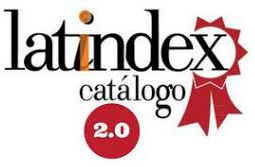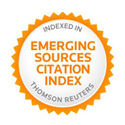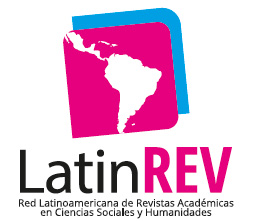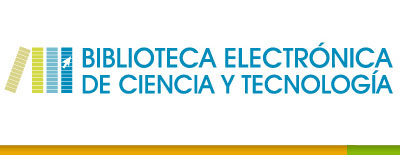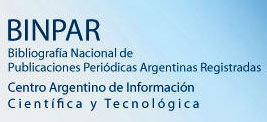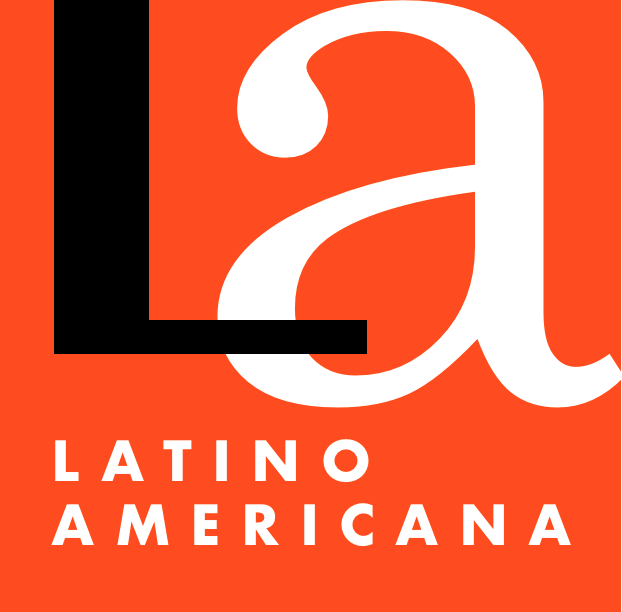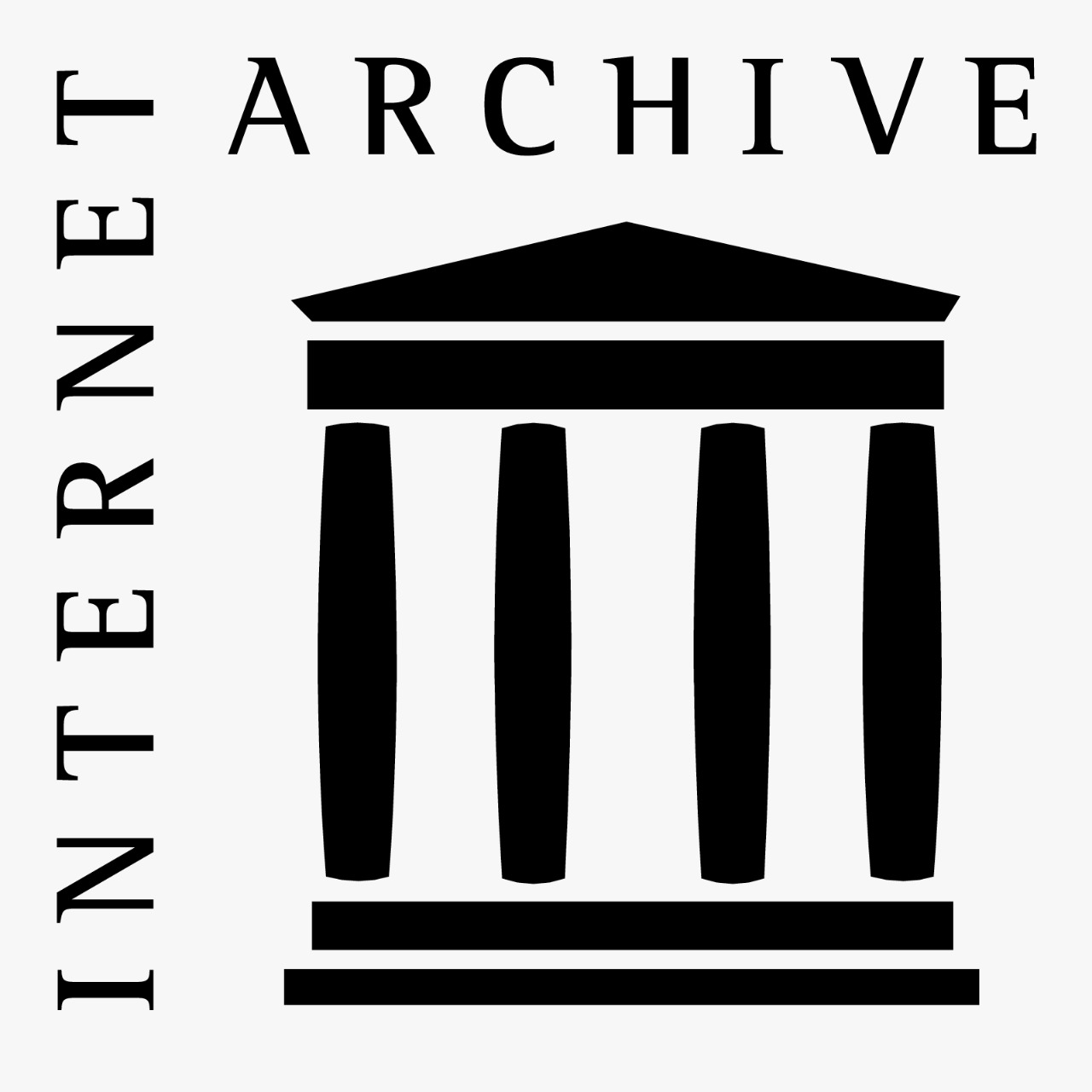Biography of an ecological stroll
The influence of Gregory Bateson on the work of Eliseo Verón
Abstract
The goal of this article is to study the influence of Gregory Bateson on the work of Eliseo Verón, focusing on how the Argentine semiotician picked up the conceptual threads left behind by the British cyberneticist. By understanding creativity through ideas — rather than through individuals — we can grapple with the complexity and the participatory character of the creative process. In what follows, we will look at the similarities and differences in the works of Bateson and Verón, documenting the transition from the former’s ecological perspective to the latter’s social semiosis. First, we will describe what a biography of an idea entails, and summarize the main texts of both authors. Then we will explain how Bateson and Verón agree on interpersonal communication and disagree on the concepts of “mind” and “observer.” Finally, we will chart the emergence of the social semiosis model. Although both authors took steps toward an ecology of mind — to paraphrase the title of Bateson’s famous book — both followed their own path to that goal.
Downloads
References
Bateson, G. (1958). Naven: A survey of the problems suggested by a composite picture of the culture of a New Guinea tribe drawn from three points of view (Vol. 21). Stanford University Press.
Bateson, G. (1972). Steps to an Ecology of Mind. University of Chicago Press.
Bateson, G. (1979). Mind and nature: A necessary unity. Dutton.
Bateson, G. (1991). A sacred unity: Further steps to an ecology of mind. Harper San Francisco.
Bateson, G. y Bateson, M. C. (1987). Angels fear: Towards an epistemology of the sacred. Batam Dell Publishing Group.
Bateson, N. (Directora). (2011). An Ecology of Mind: A Daughter's Portrait of Gregory Bateson: Remember the Future [Película]. Mindjazz Pictures.
Birdwhistell, B. (1994). La nueva comunicación. Kairós.
Carlón, M. (2004). Sobre lo televisivo: dispositivos, discursos y sujetos. La Crujía.
Castillo, P. (s.f.). Exploraciones de la discursividad. El signo “mujer” como caso de estudio. http://fba.unlp.edu.ar/lenguajemm/?wpfb_dl=96.
Clapp, E. P. (2014). Reframing creativity as the biography of an idea: Developing learning narratives that describe creativity as a distributed and participatory process. Graduate School of Education, Harvard University.
Clapp, E. P. (2016). Participatory creativity: Introducing access and equity to the creative classroom. Routledge.
Hanson, M. H. (2015). Worldmaking: Psychology and the Ideology of Creativity. Palgrave Macmillan.
La semiosis social según Eliseo Verón. (17 de mayo de 2014). Kubernética. https://www.kubernetica.com/2014/05/17/la-semiosis-social-segun-eliseo-veron/.
Luhmann, N. (1995). Social systems. Stanford University Press.
Traversa, O. (2015). Eliseo Verón y “el largo trayecto de la mediatización”. Revista Estudios, (33), 131-150.
Verón, E. (1988). Cuerpo significante. En Rodríguez Illera, J. L. (Comp.), Educación y comunicación (pp. 41-61). Paidós.
Verón, E. (1993). La semiosis social. Fragmentos de una teoría de la discursividad. Gedisa.
Verón, E. (2004). Fragmentos de un tejido. Gedisa.
Verón, E. (2011). Papeles en el tiempo. Paidós.
Verón, E. (2013). La semiosis social, 2: ideas, momentos, interpretantes. Paidós.
Verón, E. y Sluzki, C. E. (1970). Comunicación y neurosis. Editorial del Instituto.
Copyright (c) 2022 Ana Jorge Artigau

This work is licensed under a Creative Commons Attribution-NonCommercial 4.0 International License.
The authors retain the copyright and guarantee the journal the right to be the first publication of the work. In case that a translation of the article already published in Austral Comunicación can be published in another journal, it is requested to record the original publication in the translated version.
The license used is CC BY-NC-SA, which allows sharing (copying and redistributing the material in any medium and format) and adapting (remixing, transforming and building on the material) under the following terms: attribution (acknowledge authorship) and non-commercial (the material cannot be used for commercial purposes). Update: February 1, 2022.
Austral Comunicación allows the author (s) to retain the publication rights without restrictions.








